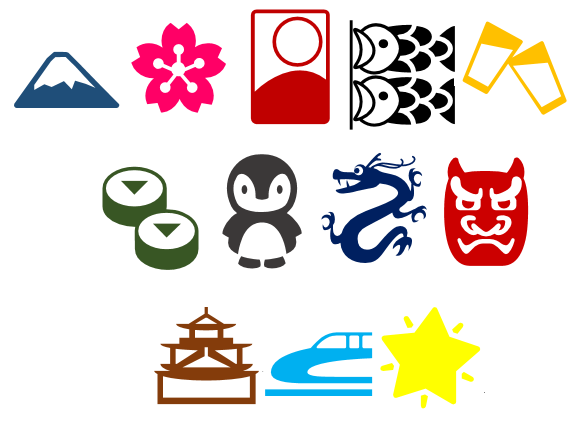
With over 1,800 commonly-used kanji characters, plus two different sets of 46 phonetic characters each, typing on a word processor in Japanese works a little differently than in English. Many words in Japanese have the same pronunciation but are written differently, so first you have to type the word phonetically, then select the proper rendering from a list that pops up.
The cool thing is that sometimes the selections aren’t just written characters, but drawings of the object in question. Poking around in a Japanese word processor is like a linguistic treasure hunt, and our searches turned up illustrations of mythical creatures, delicious food, and famous landmarks of Japan.
Before we dive into our discoveries, let’s take a closer look at how the Japanese input method editor (IME) works. For example, if you wanted to write Yokohama in kanji, you’d first input the letters just like you would in English.
Doing this causes the corresponding phonetic hiragana characters, よこはま, to appear on screen, plus a list of possible renderings. Tapping the space bar toggles into the list, after which you pick which writing you want using the arrow keys, hit enter, and you’re done.
Sometimes, though, the Japanese IME offers you the helpful suggestion of a visual representation of what you’re typing. For example, entering sankaku, the Japanese word for triangle, will give you a list not just with the word in hiragana and kanji, but also a bunch of triangles pointing in all different directions.
Granted, these are pretty dull, if still convenient for technical or scientific documents. Other words, though, produce more visual impact. For example, typing in ha-to, the Japanese pronunciation of “heart,” yields so many romantic results we feel like chumps for buying Valentine’s Day cards all these years.
▼ We also spotted one break-up letter candidate and a possible Legend of Zelda reference.
Of course, this being a Japanese IME, many of the hidden gems are regionally or culturally specific. Perhaps the most obvious is the result for Nihon, what people in Japan call the country.
Want to make it look even more Japanese? Try surrounding it with sakura cherry blossoms.
If you want a more zoomed-in look at the nation, how about fujisan/Mt. Fuji, the shinkansen/bullet train, or even toukyoutawa-/Tokyo Tower.
▼ We’re gonna show Kanagawa Prefecture some love by pretending that kanransha on the right is the Ferris wheel in Yokohama.
The trappings of traditional culture are available too, such as kimono and hanafuda playing cards, or a castle (shiro).
Seasonal events are also represented, with the koinobori carp streamer flown for Children’s Day plus the strips of paper with wishes on them that are tied onto bamboo stalks during the Tanabata star festival.
Seeing as how Tanabata is held in mid-summer, let’s spruce it up with some kakigoori shaved ice, the soothing sounds of a fuurin (wind chime), and a couple of nice cold glasses of bi-ru (beer).
▼ You can also get those two glasses clinking by typing in kampai, or “Cheers!”
Of course, if you’re interested in Japan, maybe you’d prefer to slake your thirst with some sake instead. Like wine, though, sake is best with food, so let’s pair it with some sushi. Heck, let’s splurge and spring for a nabe hot pot while we’re at it, plus some oden stewed vegetables on a skewer.
Looking for cheaper fare? The IME can also whip you up some kare- (curry), a bentou boxed lunch, or some onigiri rice balls.
If you’re not quite that hungry, you might be better off with just a cup of ocha (tea) and some senbei rice crackers. You can even have some purin custard or sweet dango dumplings, as long as you promise to eat all your vegetables later.
Japan loves cute animals, whether or not they’re indigenous to the country. With kuma (bears), pengin (penguins), rakuda (camels), panda (pandas, naturally), koara (koalas), and hamusuta- (hamsters), there’s practically an entire zoo hiding inside Japanese word processors.
Or, alternatively, an aquarium.
▼ Iruka, tako, two kinds of kujira, and a whole school of sakana
Inu (dogs) and neko (cats) also have plenty of variations.
As a matter of fact, the entire Chinese zodiac is present and accounted for.
▼ Nezumi, ushi, tora, usage, ryuu, hebi, uma, hitsuji, saru, tori, inu, and inoshishi.
The dragon isn’t the only supernatural creature you can find, either, as there’s also an oni (ogre) and obake (ghost) lurking about.
Scary stuff. Let’s cast off that creepy vibe with some more aesthetically-pleasing imagery, like a whole field of flowers (hana).
Even better, let’s turn our eyes skyward to gaze upon the sun (taiyou), moon (tsuki), and stars (hoshi).
▼ There are literally dozens of options for hoshi, including the Captain America logo.
One of the best things about all of these being preloaded into the IME is that you can easily change their colors the same way you would any other text in a document.
Hmm…you know, looking at that star has us thinking of space, and maybe we’re being a little narcissistic here, but…
▼ r…o…k…e…t…t…o…
▼ Bingo!
We’ve gotta say, we’re honored.
Images: RocketNews24

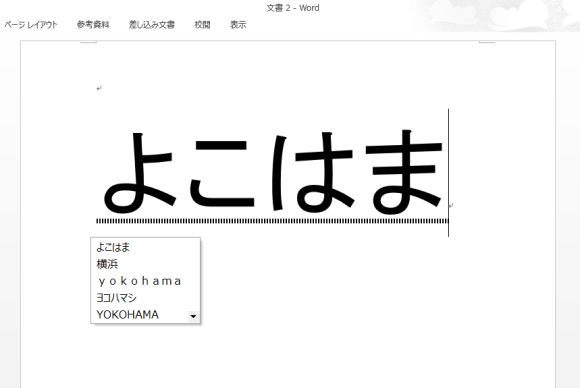
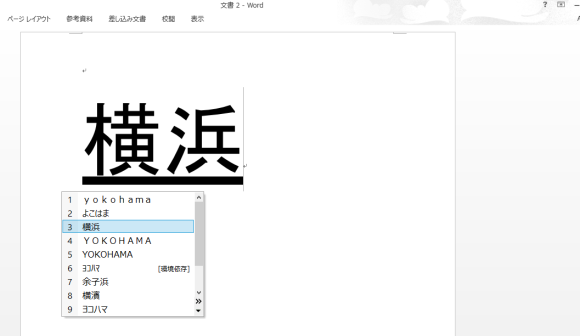
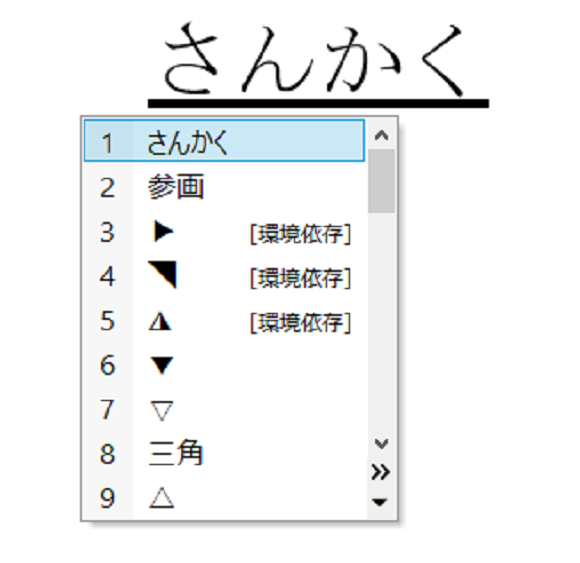
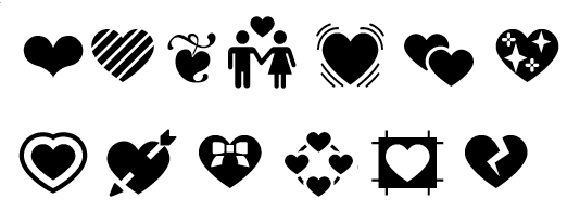
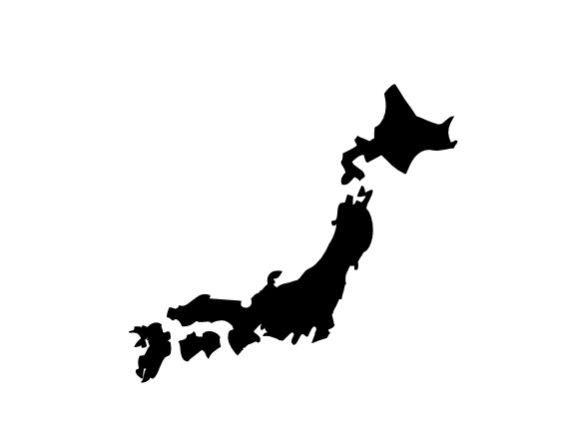
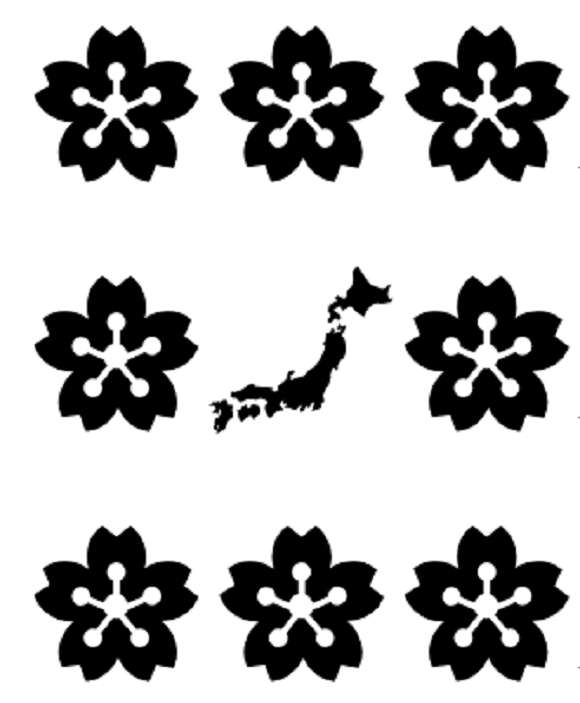
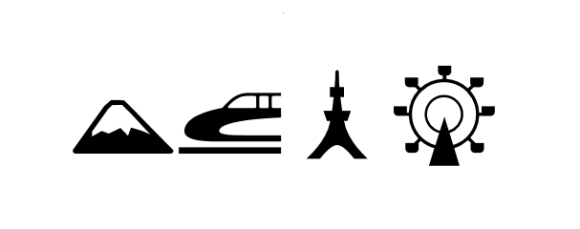
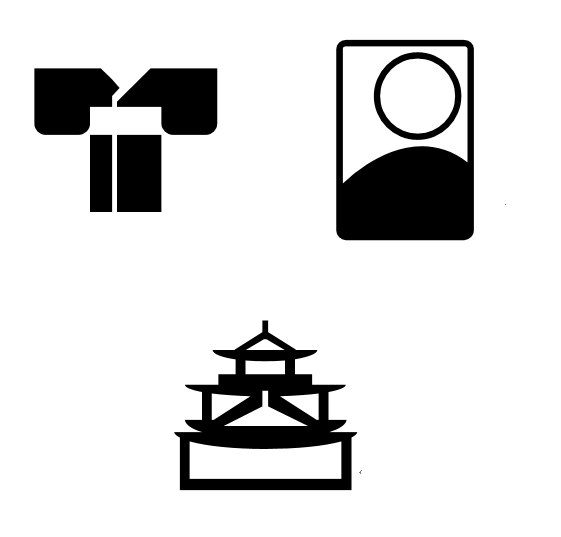
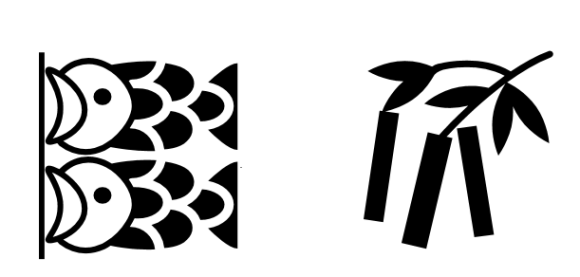
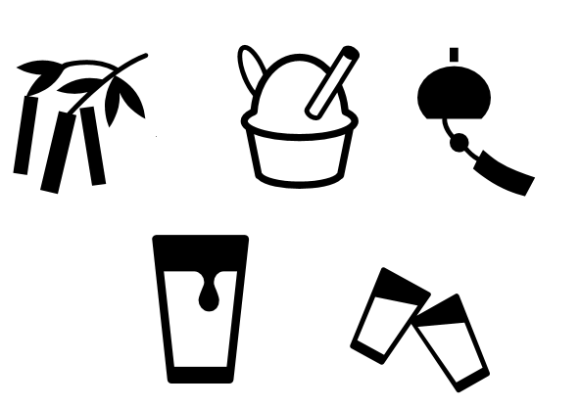
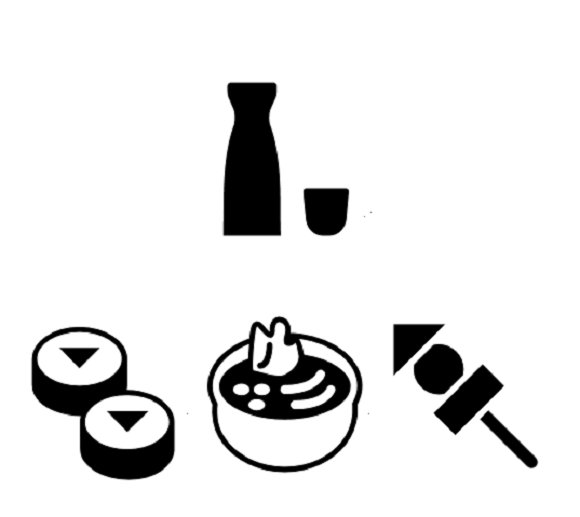
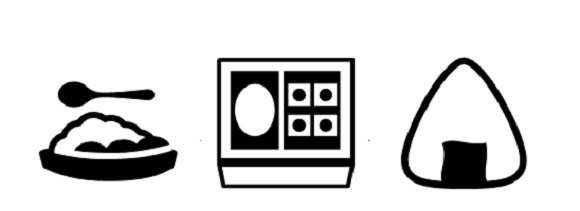
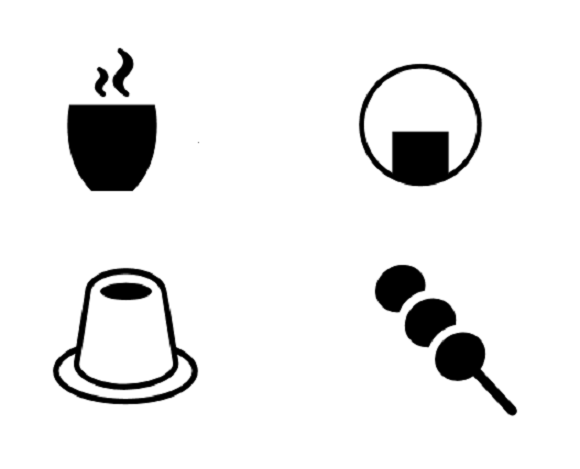
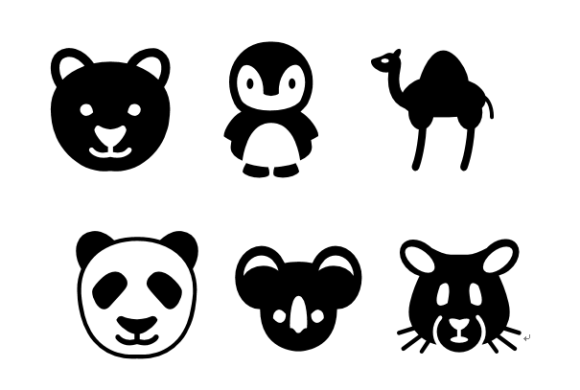
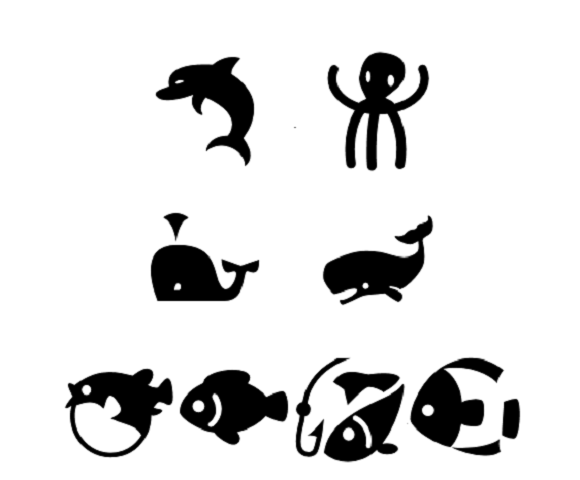
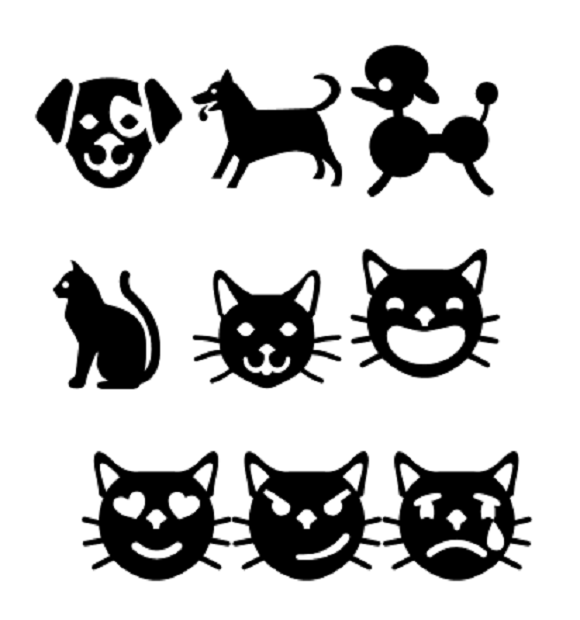

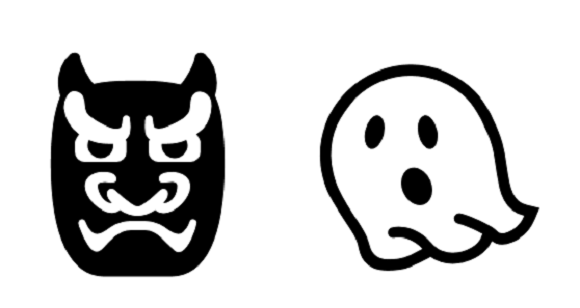
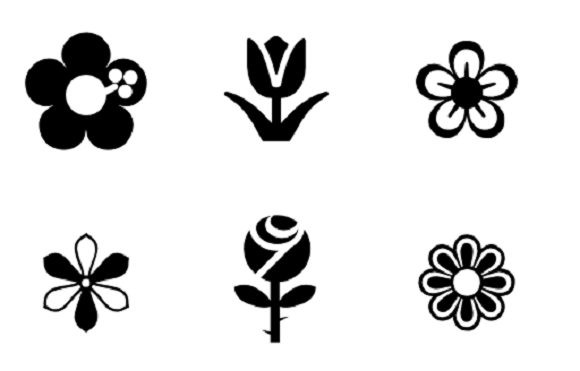
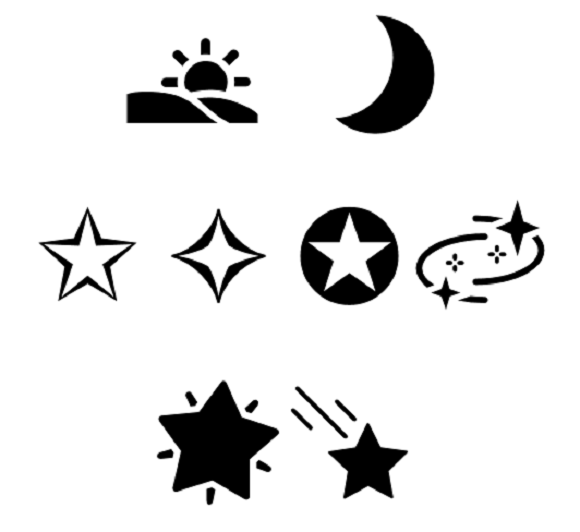

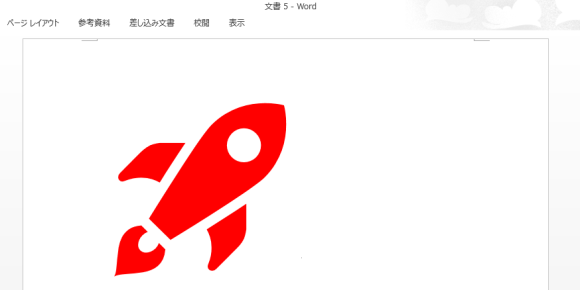
 Cardcaptor Sakura gets a special limited-time Twitter emoji to celebrate cherry blossom season
Cardcaptor Sakura gets a special limited-time Twitter emoji to celebrate cherry blossom season Four new era names the Japanese government rejected before deciding on Reiwa
Four new era names the Japanese government rejected before deciding on Reiwa Japanese writing system gets turned into handsome anime men with Hiragana Boys video game
Japanese writing system gets turned into handsome anime men with Hiragana Boys video game Japanese first grader wins math contest by quantifying “which hiragana are the hardest to write”
Japanese first grader wins math contest by quantifying “which hiragana are the hardest to write” Struggling with Japanese? Let Tako lend you a hand…or five
Struggling with Japanese? Let Tako lend you a hand…or five Japanese city loses residents’ personal data, which was on paper being transported on a windy day
Japanese city loses residents’ personal data, which was on paper being transported on a windy day Foreigner’s request for help in Tokyo makes us sad for the state of society
Foreigner’s request for help in Tokyo makes us sad for the state of society Should you add tartar sauce to Japanese curry rice? CoCo Ichi makes diners an unusual offer
Should you add tartar sauce to Japanese curry rice? CoCo Ichi makes diners an unusual offer Ghibli Park now selling “Grilled Frogs” from food cart in Valley of Witches
Ghibli Park now selling “Grilled Frogs” from food cart in Valley of Witches Seaside scenery, history, and so many desserts on Yokohama’s Akai Kutsu【Japan Loop Buses】
Seaside scenery, history, and so many desserts on Yokohama’s Akai Kutsu【Japan Loop Buses】 Historical figures get manga makeovers from artists of Spy x Family, My Hero Academia and more
Historical figures get manga makeovers from artists of Spy x Family, My Hero Academia and more Mt. Koya planning to instate visitor’s tax to cope with huge tourist numbers
Mt. Koya planning to instate visitor’s tax to cope with huge tourist numbers Beautiful Ghibli sealing wax kits let you create accessories and elegant letter decorations【Pics】
Beautiful Ghibli sealing wax kits let you create accessories and elegant letter decorations【Pics】 Suntory x Super Mario collaboration creates a clever way to transform into Mario【Videos】
Suntory x Super Mario collaboration creates a clever way to transform into Mario【Videos】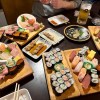 Shinjuku izakaya’s all-you-can-eat-and-drink plan is one of Tokyo’s best secret cheap eats
Shinjuku izakaya’s all-you-can-eat-and-drink plan is one of Tokyo’s best secret cheap eats McDonald’s new Happy Meals offer up cute and practical Sanrio lifestyle goods
McDonald’s new Happy Meals offer up cute and practical Sanrio lifestyle goods Japanese ramen restaurants under pressure from new yen banknotes
Japanese ramen restaurants under pressure from new yen banknotes French Fries Bread in Tokyo’s Shibuya becomes a hit on social media
French Fries Bread in Tokyo’s Shibuya becomes a hit on social media Studio Ghibli releases new action figures featuring Nausicaä of the Valley of the Wind characters
Studio Ghibli releases new action figures featuring Nausicaä of the Valley of the Wind characters New private rooms on Tokaido Shinkansen change the way we travel from Tokyo to Kyoto
New private rooms on Tokaido Shinkansen change the way we travel from Tokyo to Kyoto Red light district sushi restaurant in Tokyo shows us just how wrong we were about it
Red light district sushi restaurant in Tokyo shows us just how wrong we were about it Tokyo Tsukiji fish market site to be redeveloped with 50,000-seat stadium, hotel, shopping center
Tokyo Tsukiji fish market site to be redeveloped with 50,000-seat stadium, hotel, shopping center All-you-can-drink Starbucks and amazing views part of Tokyo’s new 170 meter-high sky lounge
All-you-can-drink Starbucks and amazing views part of Tokyo’s new 170 meter-high sky lounge Studio Ghibli releases Kiki’s Delivery Service chocolate cake pouches in Japan
Studio Ghibli releases Kiki’s Delivery Service chocolate cake pouches in Japan New definition of “Japanese whiskey” goes into effect to prevent fakes from fooling overseas buyers
New definition of “Japanese whiskey” goes into effect to prevent fakes from fooling overseas buyers Our Japanese reporter visits Costco in the U.S., finds super American and very Japanese things
Our Japanese reporter visits Costco in the U.S., finds super American and very Japanese things Studio Ghibli unveils Mother’s Day gift set that captures the love in My Neighbour Totoro
Studio Ghibli unveils Mother’s Day gift set that captures the love in My Neighbour Totoro More foreign tourists than ever before in history visited Japan last month
More foreign tourists than ever before in history visited Japan last month New Pokémon cakes let you eat your way through Pikachu and all the Eevee evolutions
New Pokémon cakes let you eat your way through Pikachu and all the Eevee evolutions Sales of Japan’s most convenient train ticket/shopping payment cards suspended indefinitely
Sales of Japan’s most convenient train ticket/shopping payment cards suspended indefinitely Sold-out Studio Ghibli desktop humidifiers are back so Totoro can help you through the dry season
Sold-out Studio Ghibli desktop humidifiers are back so Totoro can help you through the dry season Japanese government to make first change to romanization spelling rules since the 1950s
Japanese government to make first change to romanization spelling rules since the 1950s Ghibli founders Toshio Suzuki and Hayao Miyazaki contribute to Japanese whisky Totoro label design
Ghibli founders Toshio Suzuki and Hayao Miyazaki contribute to Japanese whisky Totoro label design Doraemon found buried at sea as scene from 1993 anime becomes real life【Photos】
Doraemon found buried at sea as scene from 1993 anime becomes real life【Photos】 Tokyo’s most famous Starbucks is closed
Tokyo’s most famous Starbucks is closed One Piece characters’ nationalities revealed, but fans have mixed opinions
One Piece characters’ nationalities revealed, but fans have mixed opinions We asked a Uniqlo employee what four things we should buy and their suggestions didn’t disappoint
We asked a Uniqlo employee what four things we should buy and their suggestions didn’t disappoint Princesses, fruits, and blacksmiths: Study reveals the 30 most unusual family names in Japan
Princesses, fruits, and blacksmiths: Study reveals the 30 most unusual family names in Japan Japan would like to remind you that “emoji” has nothing to do with “emotion”
Japan would like to remind you that “emoji” has nothing to do with “emotion” You can send email from payphones in Japan?!? We try the technology trick that shocked the nation
You can send email from payphones in Japan?!? We try the technology trick that shocked the nation “We wasted so much time in English class” — Japanese Twitter user points out major teaching flaw
“We wasted so much time in English class” — Japanese Twitter user points out major teaching flaw Learn Japanese through ridiculous manga: A Tick on Titan 【Episode #3】
Learn Japanese through ridiculous manga: A Tick on Titan 【Episode #3】 Google Japan unveils tea-cup shaped keyboard with open-source all-fish input system
Google Japan unveils tea-cup shaped keyboard with open-source all-fish input system What are Japanese teens wishing for at this year’s Tanabata Star Festival?
What are Japanese teens wishing for at this year’s Tanabata Star Festival? Make your very own Japanese Raindrop Cake 【Video】
Make your very own Japanese Raindrop Cake 【Video】 The surprising reasons why some hiragana aren’t allowed to be used on Japanese license plates
The surprising reasons why some hiragana aren’t allowed to be used on Japanese license plates Textbook gives Chinese otaku Japanese lessons with a side of anime girls and dialogue
Textbook gives Chinese otaku Japanese lessons with a side of anime girls and dialogue Video of each Japanese hiragana getting “measured up” is oddly cute and satisfying【Video】
Video of each Japanese hiragana getting “measured up” is oddly cute and satisfying【Video】 The top 10 hardest Japanese words to pronounce – which ones trip you up?【Video】
The top 10 hardest Japanese words to pronounce – which ones trip you up?【Video】 Naked mole-rats aren’t naked any more thanks to a new line of Japanese capsule toys
Naked mole-rats aren’t naked any more thanks to a new line of Japanese capsule toys Learn Japanese through ridiculous manga: Death Vote 【Episode #6】
Learn Japanese through ridiculous manga: Death Vote 【Episode #6】 Yahoo! Japan finds most alphabetic and katakana words Japanese people want to find out about
Yahoo! Japan finds most alphabetic and katakana words Japanese people want to find out about Foreigners in Japan vote for the best-looking katakana character
Foreigners in Japan vote for the best-looking katakana character
Leave a Reply